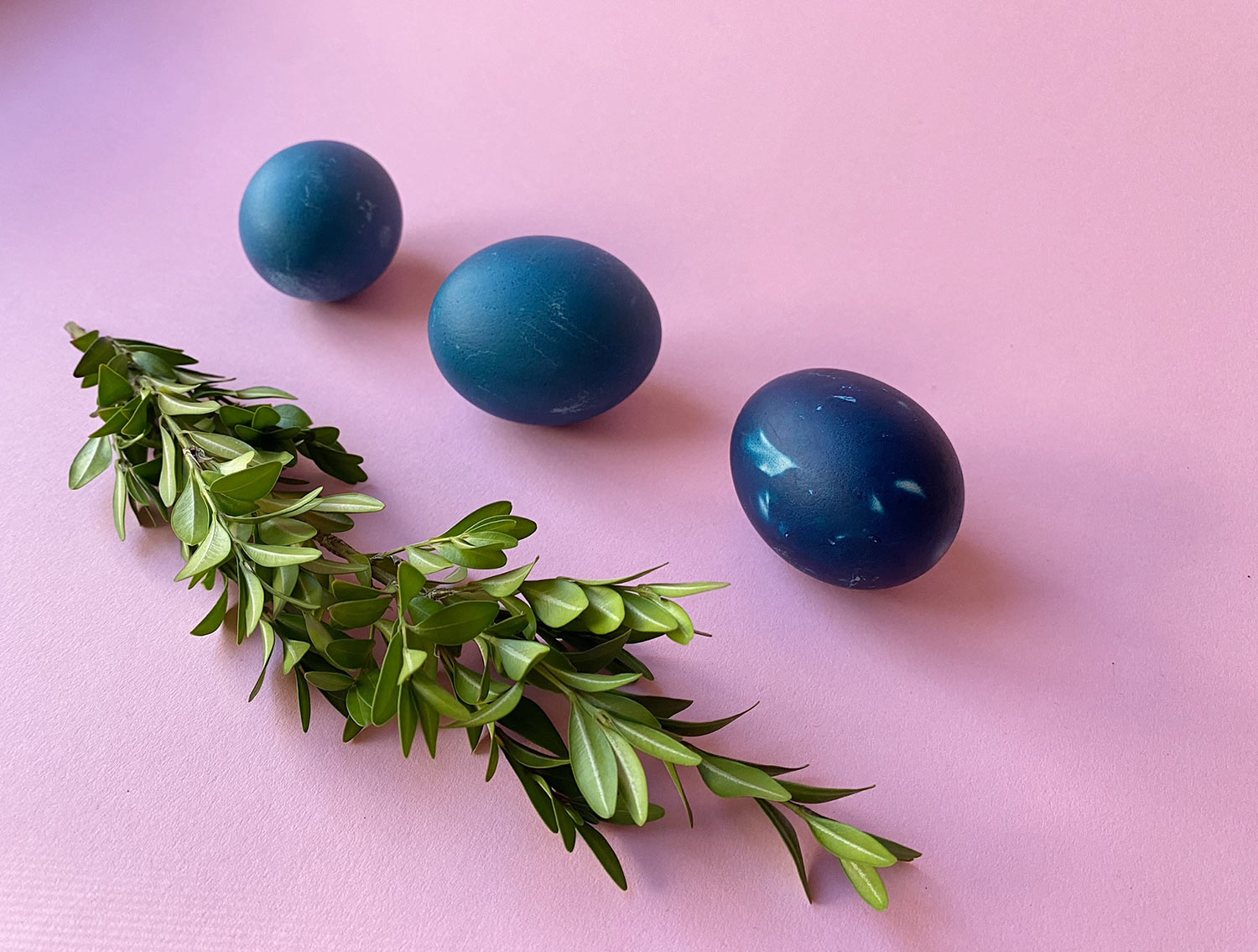
How to make the most beautiful Easter eggs? Simply use the best, traditional methods. Try these natural ways to dye eggs. You'll find the ingredients in your kitchen or at your local store. The results will surprise you!
See also the recipe for original marbled Easter eggs – Recipe for marbled Easter eggs , as well as other ideas for decorating eggs
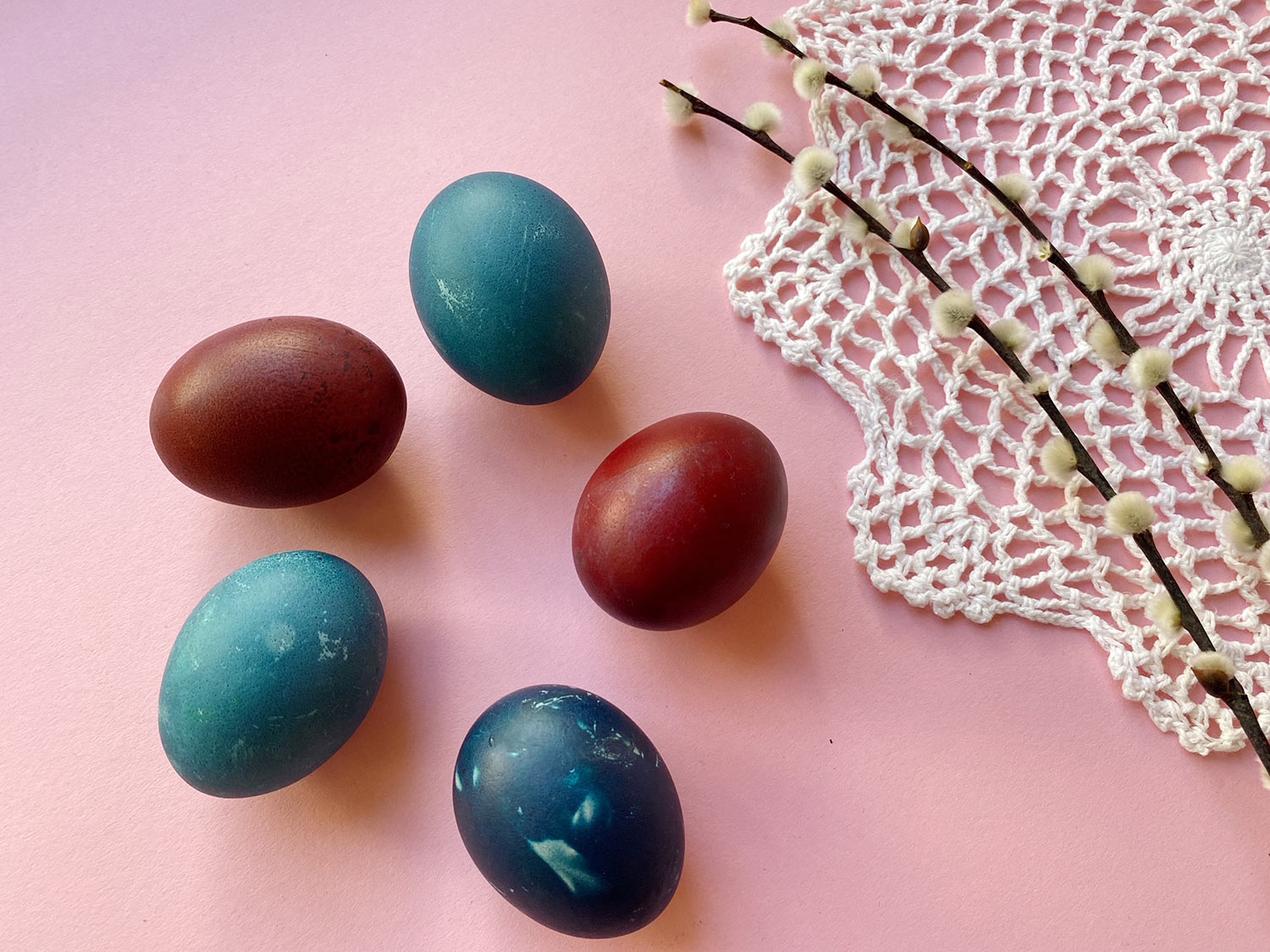
1. Kraszanki - how are they different from Easter eggs?
Kraszanki are made using a completely different method than the popular Easter eggs. It involves dyeing, or painting, the eggs a uniform color. Natural dyes such as onion, beetroot, oats, turmeric, tea, or coffee are used for this purpose. Traditional kraszanki are, therefore, nothing more than Easter eggs dyed a uniform color. These minimalist, single-colored eggs are natural yet very striking. They can also be used as a base for other types of Easter eggs, such as scratched or openwork designs.
- onion peels - brown
- red cabbage and vinegar - blue/navy blue
- turmeric - yellow
- beetroot juice or hibiscus - pink
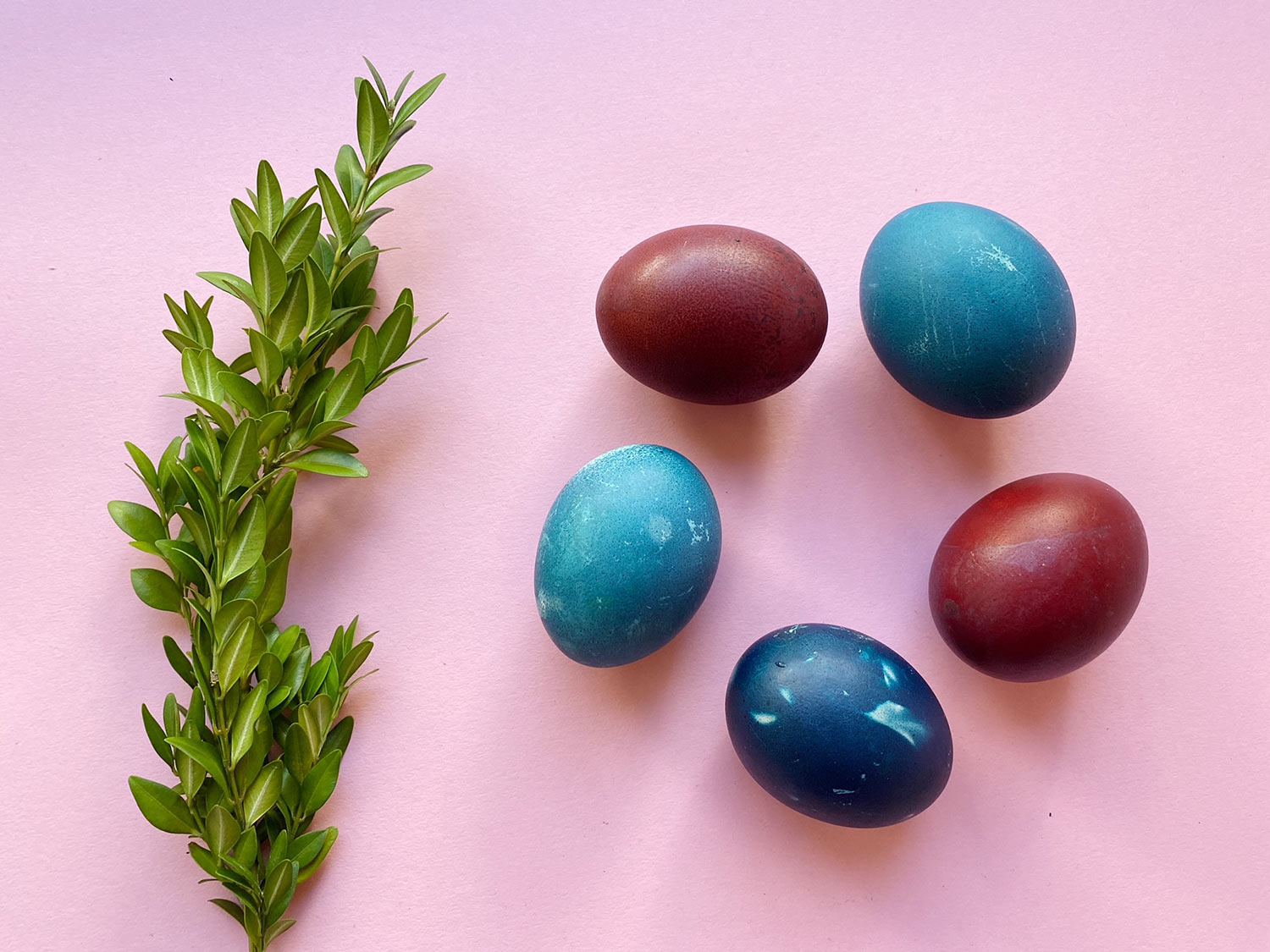
2. Natural ways to dye eggs - onion peels
Onion peels are one of the most popular natural dyes used for dyeing eggs. Simply peel a few onions and boil them in water. Then, place the eggs in the dye and continue cooking until hard-boiled. Depending on the dye's intensity and cooking time, the resulting eggs may be more orange or brown.
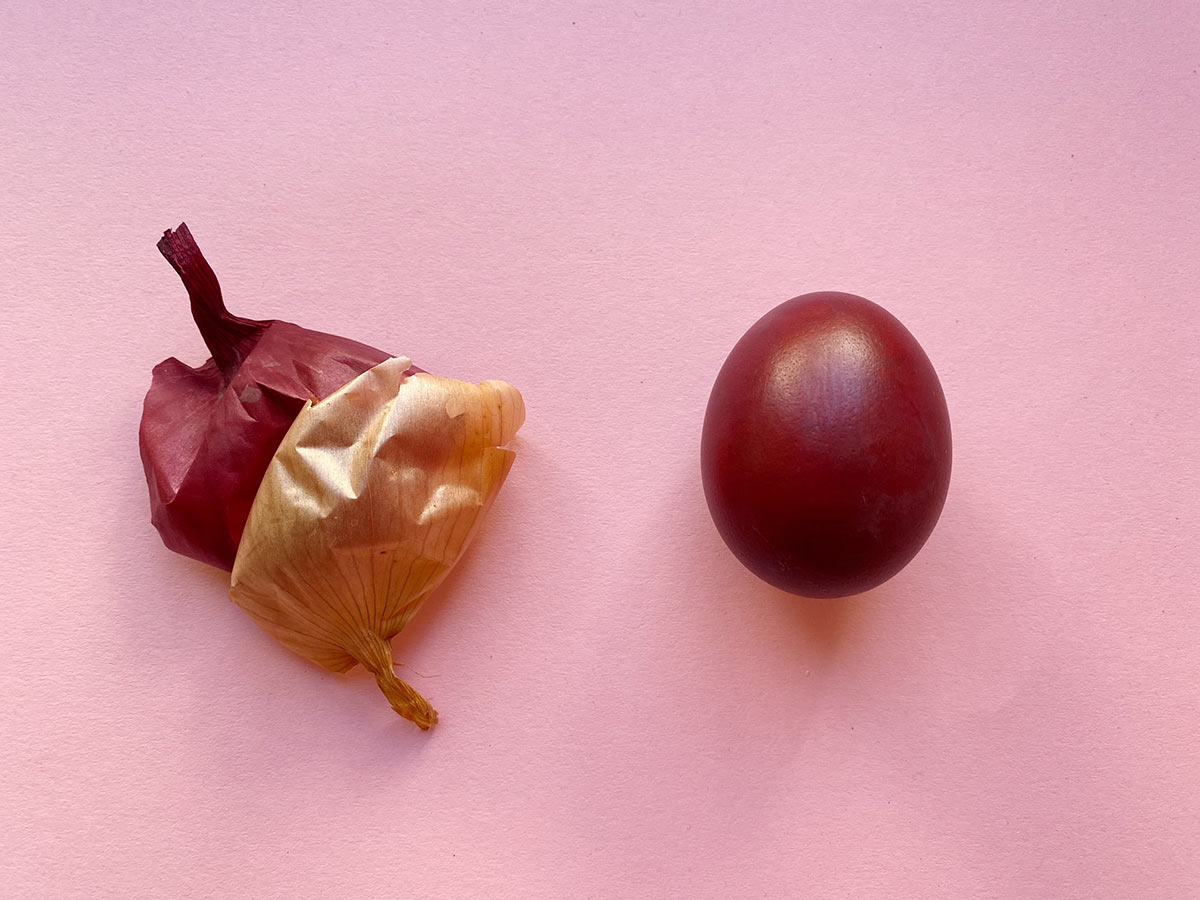
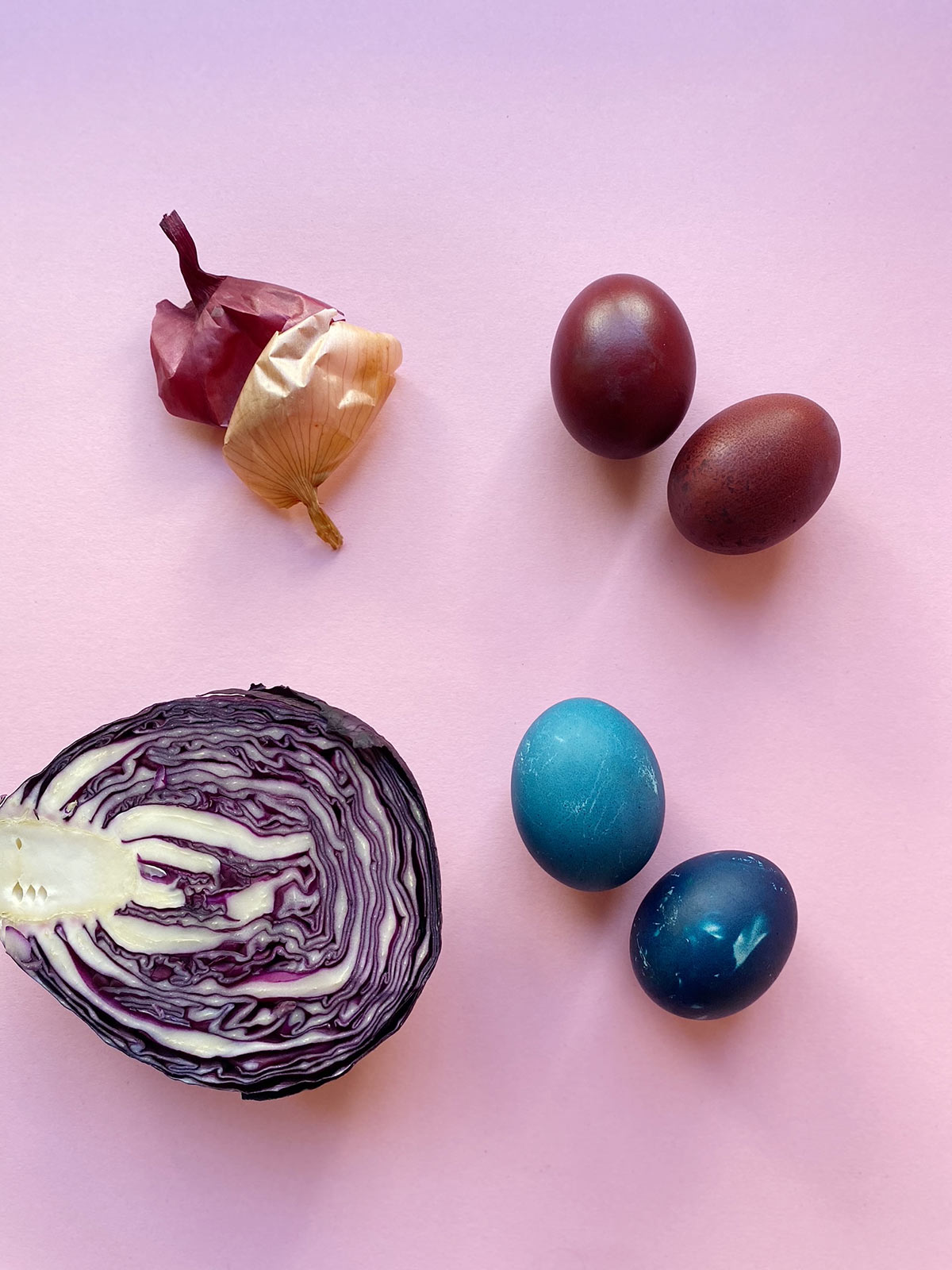
A solid-color base can also be used as a base for creating floral patterns. Before placing the eggs in the dye, first cover them with any leaves—parsley, basil, or other herbs found in the garden. Then, wrap them tightly in a thin, elastic sock, stocking, or cut-up tights and tie them so that the leaves stay in place. This isn't easy and requires skill and patience. Then, cook as before. In the areas where the decorations were glued, you'll achieve a lighter shape.
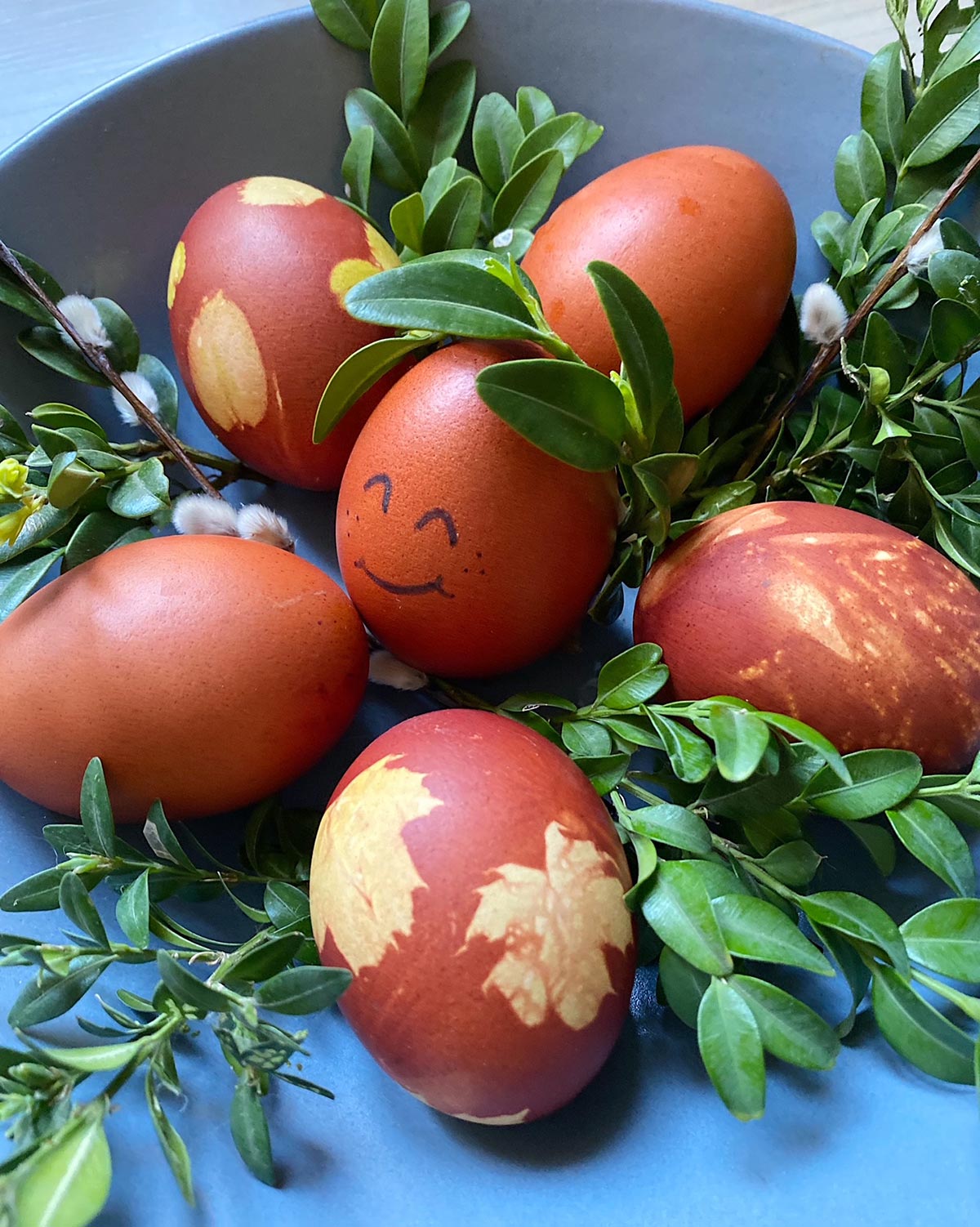
3. Natural ways to dye eggs - red cabbage
Another recommended natural dye, which produces some of the most beautiful Easter eggs, is red cabbage. This will yield striking blue Easter eggs. First, cut about a quarter of the red cabbage, place it in a pot, and cover with water. Then, it's important to remember the vinegar, otherwise the dye won't take hold. Add about 2 tablespoons of vinegar. Bring the broth to a boil and add the previously boiled eggs. Let them soak in the dye until they reach the desired color. In our experience, this takes at least an hour. You can achieve a wide range of colors, from light blue to dark navy blue. To achieve a navy blue shade, leave the egg in the dye and vinegar overnight.
Check out more ways to decorate Easter eggs.
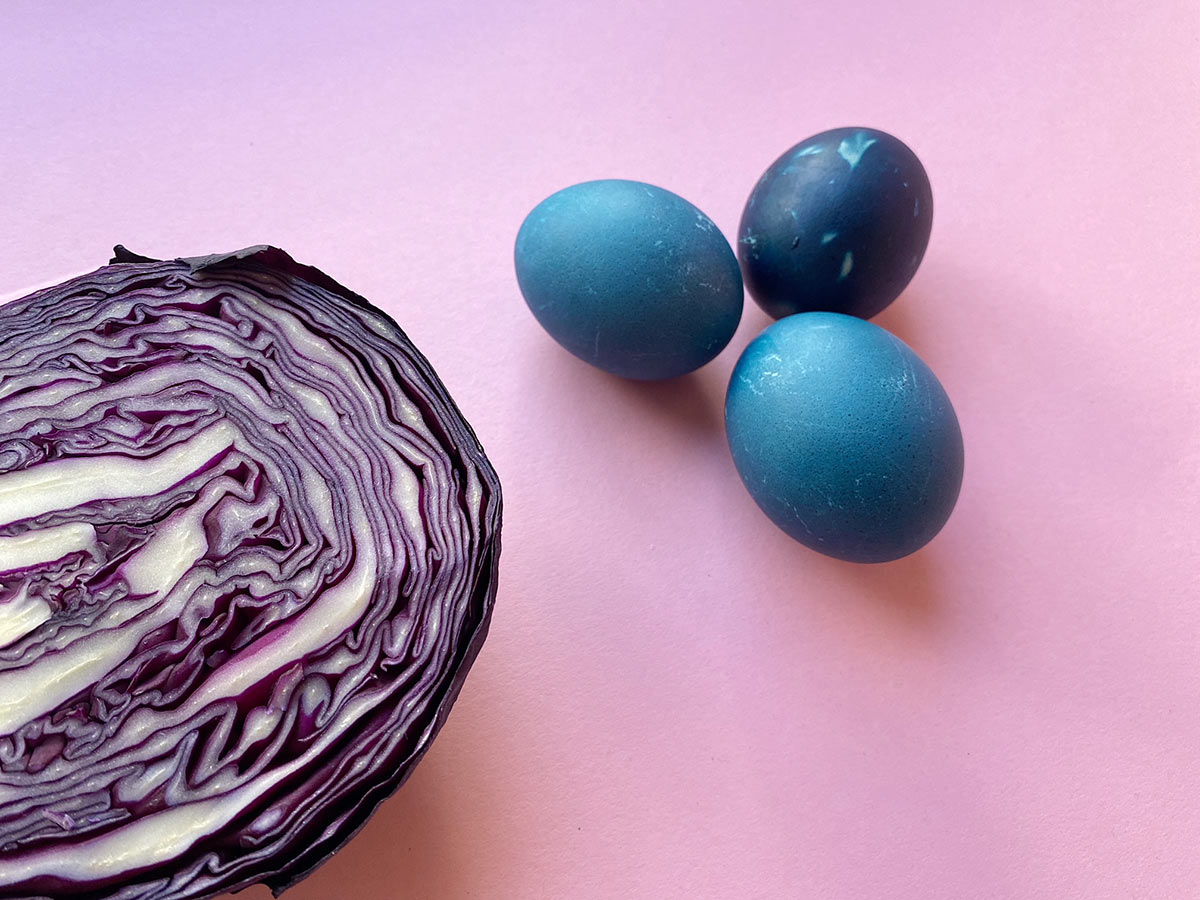
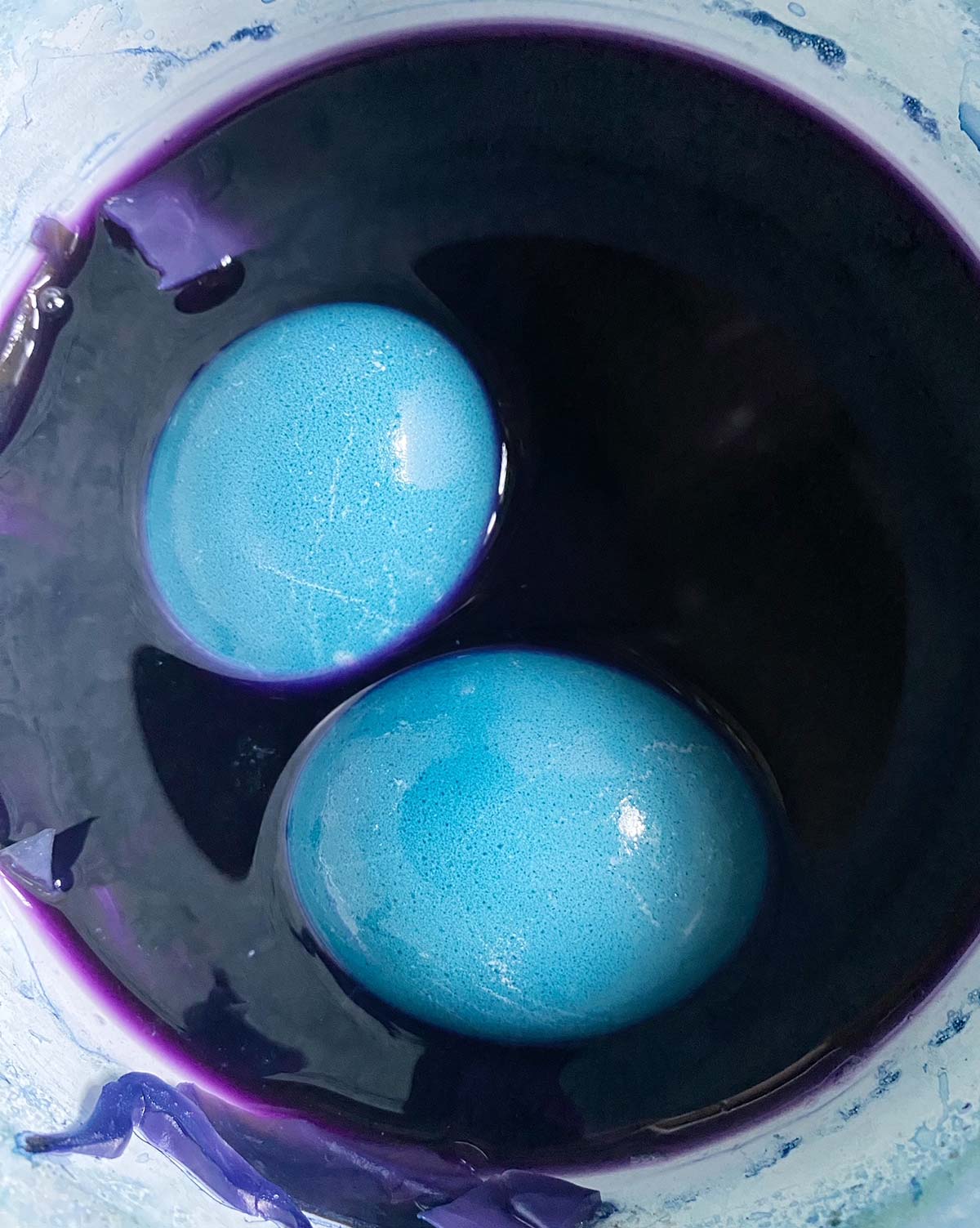
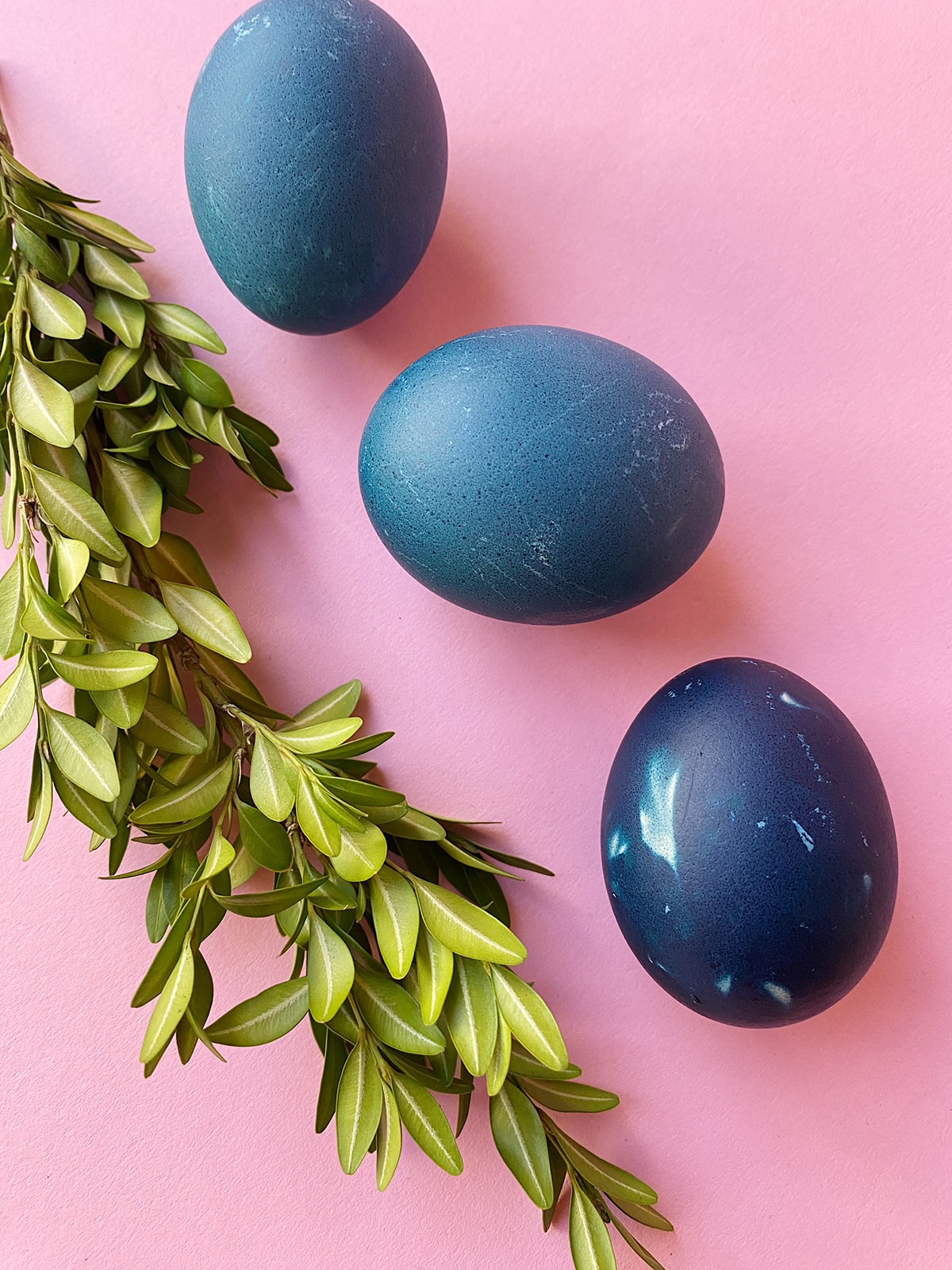
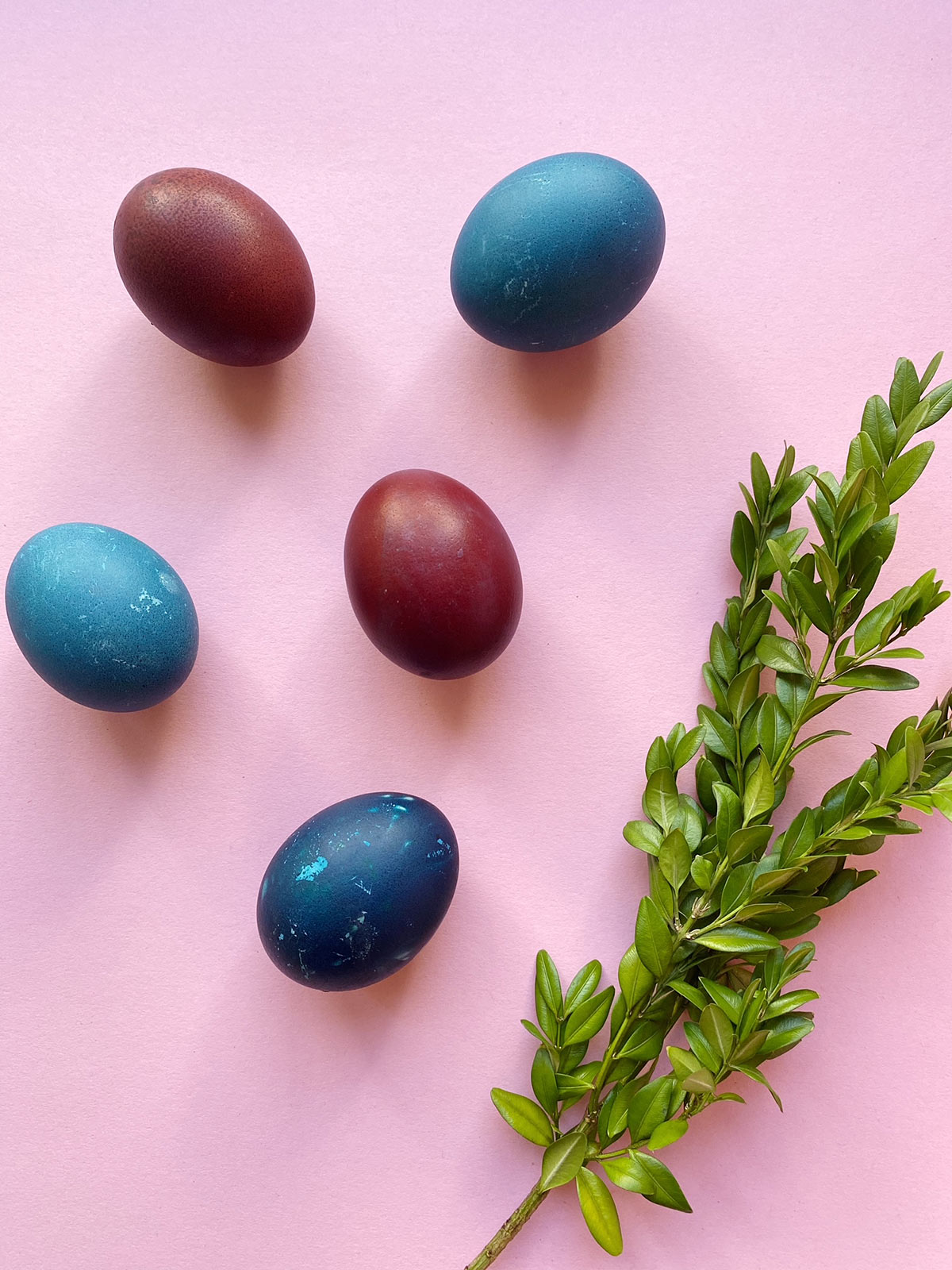
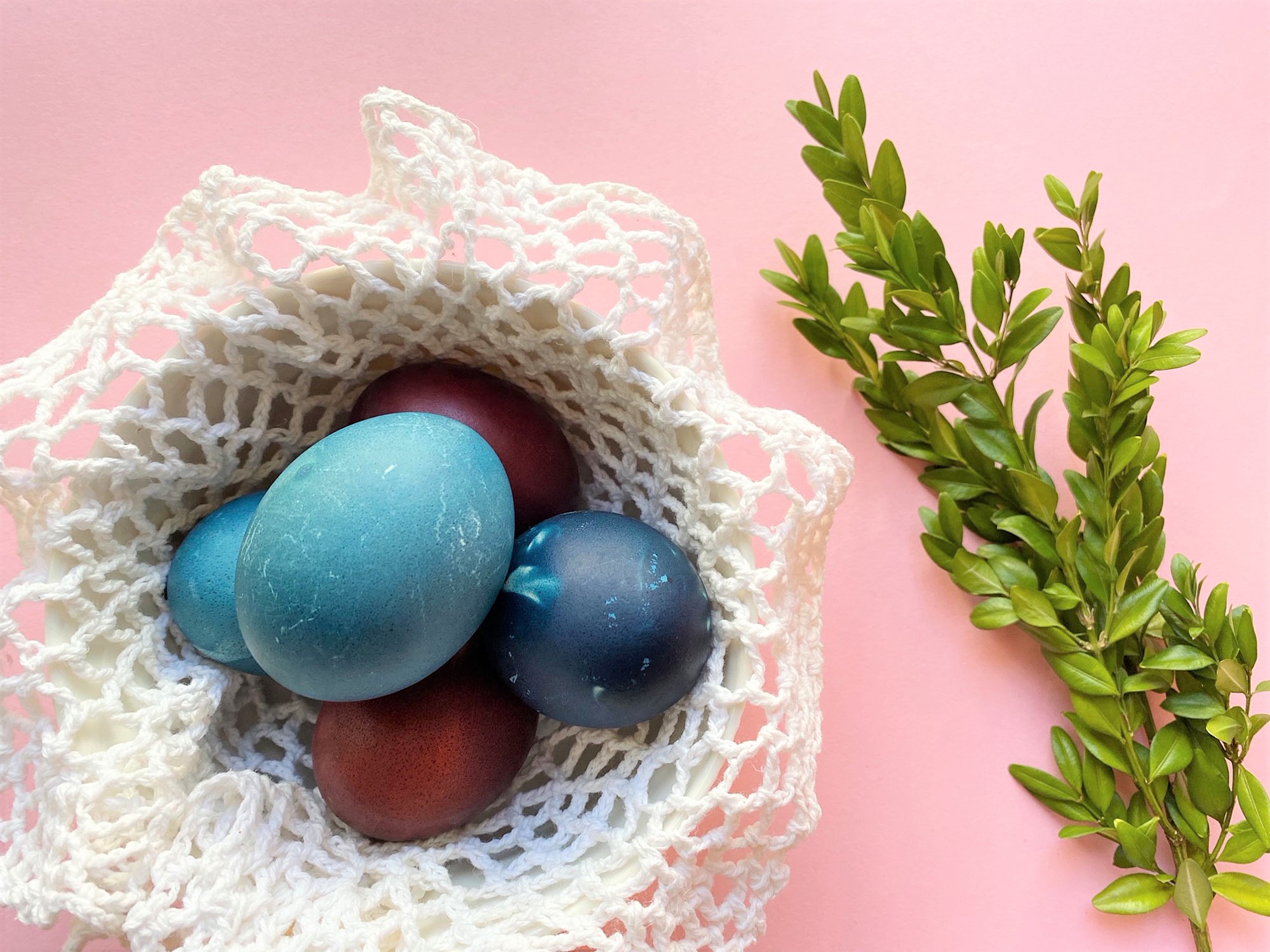


Podziel się:
Easter game for kids - Saving the eggs
A Gift from the Bunny - Ideas for Easter Games for Children